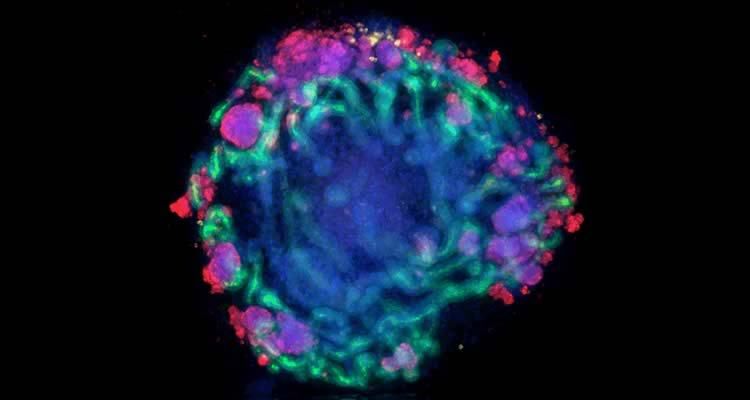
Organoids - the human kidney structures grown in a lab
Researchers at the University of Washington, USA, have developed techniques to grow kidney structures in the lab. They can even make kidney tubules with polycystic kidney disease. We caught up with Professor Benjamin Freedman, who runs the lab, to hear about his groundbreaking research.
What first drew you to research the kidneys?
I was motivated by personal experience: I have family members with cystic kidney disease. Having completed my PhD, I was Iooking for a way to use my knowledge to help people and so put two and two together.
What is an organoid?
An organoid is made of human cells in a lab dish and resembles a body organ. Kidney organoids are not complete kidneys in miniature, but have some similar structural patterns. The first time we succeeded in making an organoid, I could see before testing it that we were on to something, as it had developed tubules like a kidney’s.
How is a kidney organoid made?
We start with a stem cell. These are the first cells from which we form in the womb. They can morph into many cell types and divide to form structures. Given the right cues, they generate kidney organoids. Incredibly, we can take cells from an adult’s hair or urine sample and ‘turn back the clock’ to make the powerful stem cells from which organoids can be generated.
What have you learned by studying organoids?
An amazing discovery is that we can make organoids that mimic human disease. Most impressively, we can develop organoids with PKD, by giving them the same gene faults that cause PKD in people. These organoids swell up, just like the kidneys of people with PKD.
What’s next for organoid research?
By studying PKD organoids in the lab, we are learning how the disease works. We are also generating organoids on a mass scale, so we can test out many different drugs simultaneously.
Could this technology be used to grow a new kidney for patients needing a transplant?
We can already grow bucket loads of kidney structures. Getting these to organise in the precise structure of a functional kidney – that’s the big challenge. These things will happen within our lifetimes, I am relatively convinced.
Professor Freedman would like to acknowledge the support of the University of Washington’s Division of Nephrology, the Kidney Research Institute, the Northwest Kidney Centers and the Institute for Stem Cell and Regenerative Medicine.
- Hits: 3839
